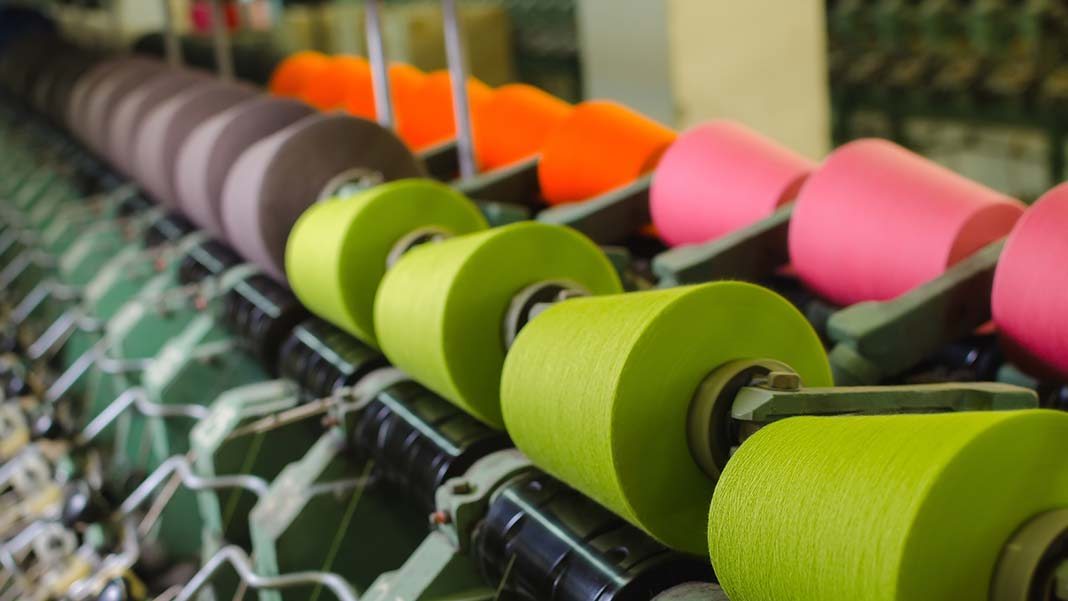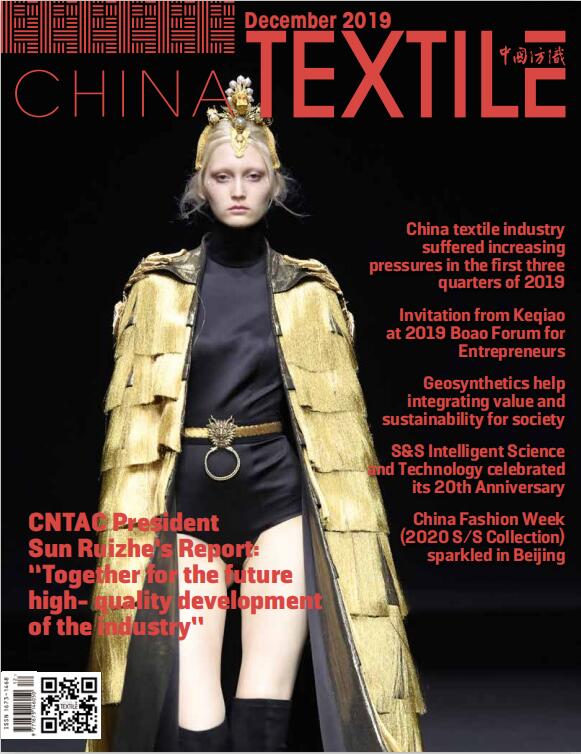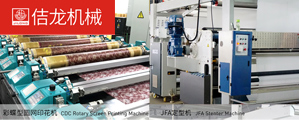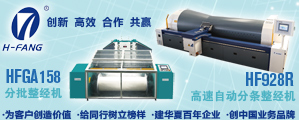Bangladesh eyes investing in synthetic fiber as global demand rises
Aug 05, 2021 | by Zhao Xinhua

Apparel exporters say synthetic fiber is the future of the export-oriented garment sector.
As the demand for synthetic fiber keeps growing in the international market, Bangladesh is also eyeing more investments in the material to boost garment exports.
Apparel exporters say synthetic fiber is the future of the export-oriented garment sector as most reputed brands and consumers are leaning towards man-made and recycled fiber to achieve sustainability. Over the next few years, many well-known brands may even stop buying apparels produced from non-recyclable material, they added.
And the gradual rise in import of synthetic fiber over the last few years indicates that Bangladeshi apparel manufacturers are responding to the global demand. According to the Bangladesh Textile Mills Association (BTMA), local spinners imported 99,345 tonnes of polyester staple fiber (PSF) in 2020 even amid the pandemic, up 3.4 percent from 96,077 tonnes the previous year. Currently, 40 spinning mills import PSF fiber to make yarns for producing high-end garments such as sportswear. The import of viscose staple fiber (VSF) also soared last year as spinners imported 72,504 tonnes of VSF —a 36 percent year-on-year increase —according to the BTMA.
Moreover, entrepreneurs of the country’s textile sector are also investing in the production of synthetic fiber and clothes. According to the BTMA, about 80 textile mills are currently producing various types of synthetic yarns and fabrics including polyester, VSF, tensile, and modal. “The number was below 50 in 2016 and several new textile mills will go into production of synthetic fiber within two or three years,” said Fazlul Hoque, vice president of the BTMA. Bangladesh has the potential to pivot to the production of synthetic fiber-based textile and apparel to realize greater per unit values, he added.
“The investment in the synthetic fiber sector of our country is growing as buyers are choosing the fabric as a substitute to cotton fiber for sustainability and environmental issues,” said Md Khorshed Alam, chairman of Little Star Spinning Limited. The use of man-made fiber has increased because of higher production of value-added garment items, he further said.
Faruque Hassan, president of the Bangladesh Garment Manufacturers and Exporters Association (BGMEA), recently wrote in an opinion piece for Dhaka Tribune: “To ensure sustained growth, diversification is key. There is a need to create an enabling environment and incentivize investors to encourage investment in non-cotton garment and textile productions.”
The usage of man-made fiber in end-use categories like sportswear, leisurewear, women’s dresses, home textile, automotive, carpets and other industrial sectors also make it an ideal “fiber of the future,” say industry insiders.
But the response to adopting synthetic fiber-based apparel production has been slow so far. Though Bangladesh has emerged as one of the leading apparel suppliers in the last few decades, its man-made apparel exports are much lower than competing countries. According to the International Textile Manufacturer Federation (ITMF), synthetic fiber makes up 78 percent of the world’s clothing where the remaining 22 percent is made of cotton fiber. However, garment exports from Bangladesh constitute 70 percent of natural cotton apparels, with only 30 percent made of synthetic fiber, according to ITMF data. Furthermore, the global man-made apparel trade stood at around USD 179 billion in 2019 where Bangladesh held only 5 percent market share. For context, competing Vietnam held 10 percent of the man-made apparel trade.
BTMA Vice President Fazlul Hoque said Bangladesh is lagging behind in the sector mainly due to the lack of technology. The textile manufacturers’ association also said that they need to strengthen the connectivity for synthetic fiber and need policy support. Earlier, BTMA President Mohammad Ali Khokon had said the import of man-made fiber needs to be duty-free like cotton as the demand for yarn is increasing. The imposition of 5 percent VAT on the sales of yarn is discouraging for the sector, he added. In response to the growing global demand, the BGMEA had also demanded a 10 percent cash incentive for man-made fiber-based products in the current fiscal year. Their expectation was that with the help of the existing factories, they would be able to export an additional USD 2 billion worth of garments. However, that demand also ultimately went unaddressed.
Source: dhakatribune.com








